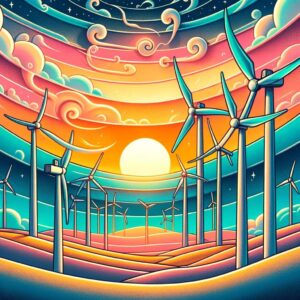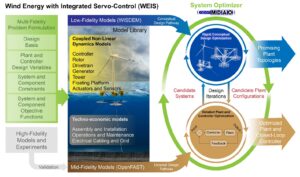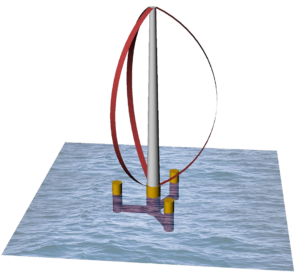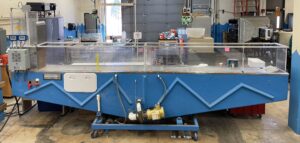Advancing Wind Farm Controls through Atmospheric Insights
We are initiating a study on advancing wind farm controls through atmospheric insights. The study will reveal how we use limited atmospheric measurement data in optimally control wind farms in collective ways. The hierarchical multidisciplinary design optimization with varied fidelity level will be used to train, estimate, and operate the target wind farms. Participating Students



